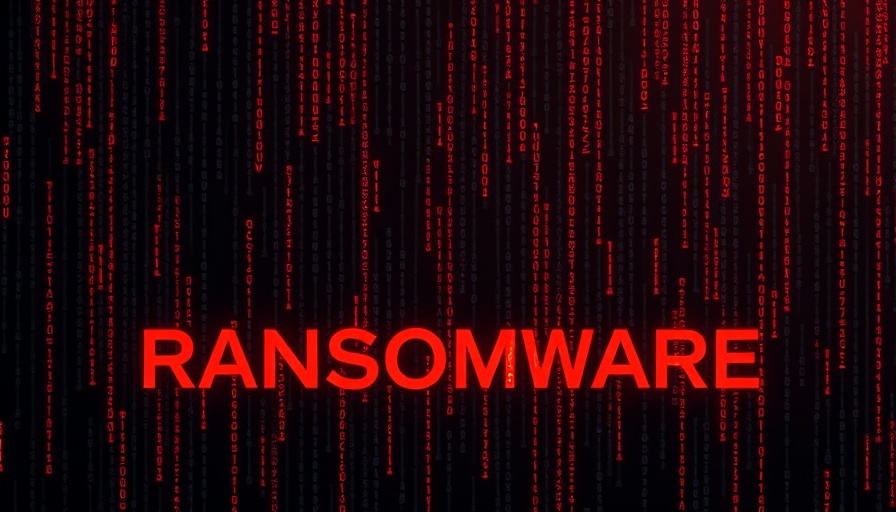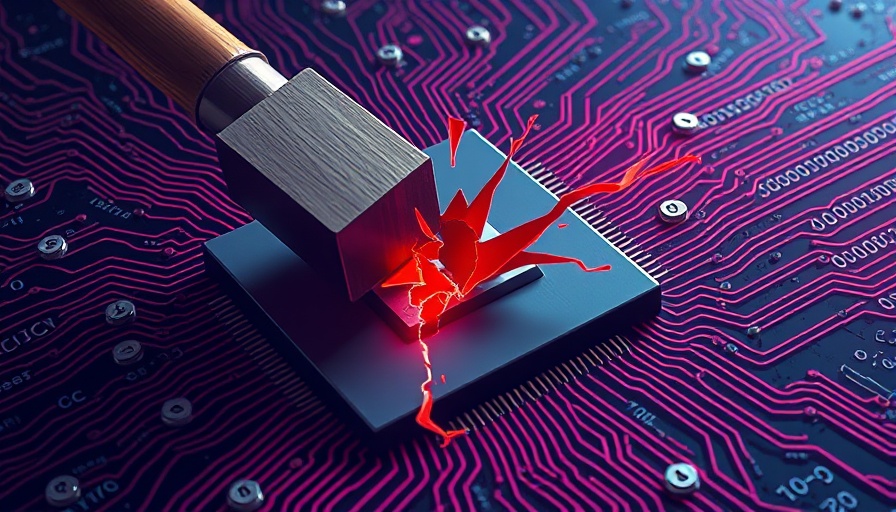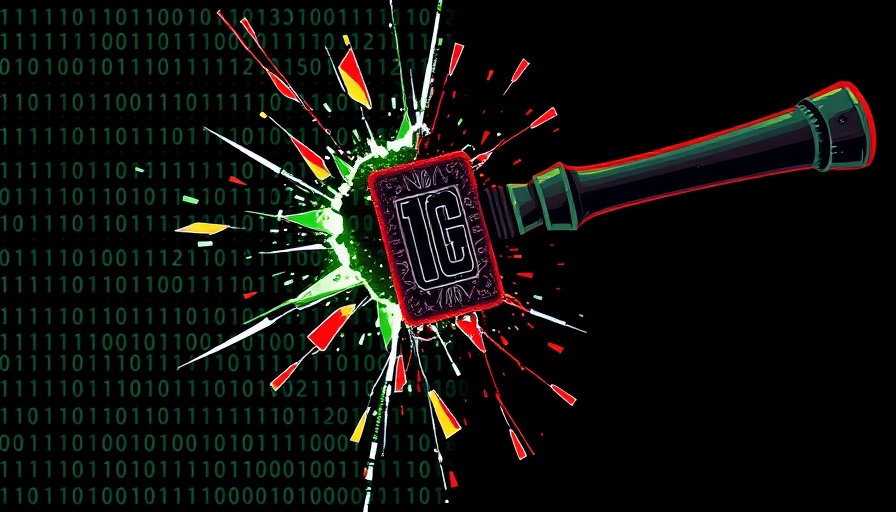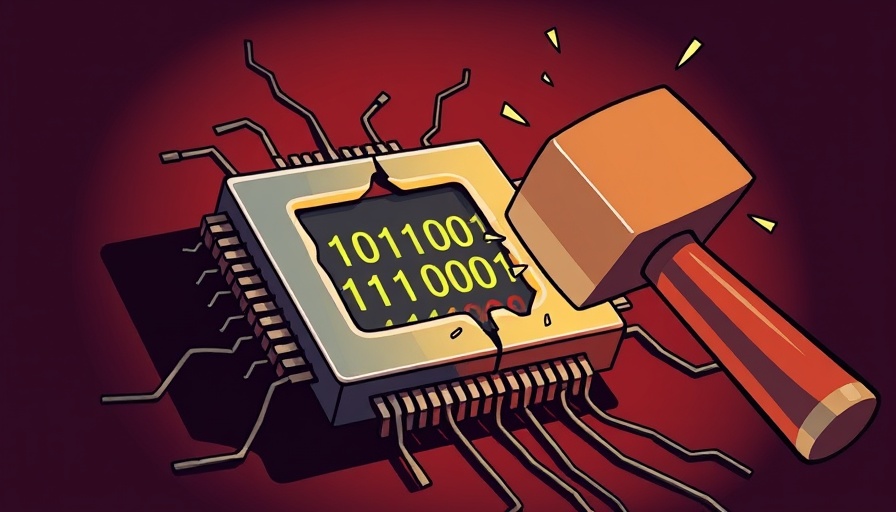
The Resurgence of Pay2Key: A Worry for US and Israel
The notorious Pay2Key ransomware gang is back, and this time they are offering attractive financial incentives to conduct cyber-attacks, particularly targeting entities in the United States and Israel. This resurgence is stirring concern among cybersecurity experts and government officials alike, especially considering the group's previous activities, which have inflicted significant damage on various organizations.
Analysis from cyberspace watchers suggests that the return of Pay2Key could escalate existing tensions in geopolitical conflict zones, making this more than just a cyber-crime issue; it becomes a question of national security.
What Makes Pay2Key Different?
Unlike many typical ransomware groups that operate under a 'one-size-fits-all' approach, Pay2Key’s strategy tends to be more nuanced. They offer tailored incentives to entice victims to comply, which may include the promise of less severe penalties or refunds for those willing to pay swiftly. This innovative tactic could motivate organizations to react more hastily when confronted with ransomware, casting a wider net for potential victims.
Potential Consequences for Cybersecurity
As attackers refine their methods, understanding the evolving landscape of cyber threats becomes essential. Previous reports have detailed how hackers leverage the weaknesses in software security to access sensitive data. This evolution poses challenges for businesses and high-stakes sectors, leading to an urgent need for improved cybersecurity protocols and preventative measures.
Expert Opinions on How to Combat Ransomware
Experts insist that awareness and training are critical in fighting ransomware gangs like Pay2Key. Regular updates on defensive measures and fostering a culture of cybersecurity awareness among employees can drastically reduce the risk. Equipping organizations with the knowledge to identify potential threats before they escalate could now be more necessary than ever.
 Add Row
Add Row  Add Element
Add Element 


 Add Row
Add Row  Add
Add 

Write A Comment